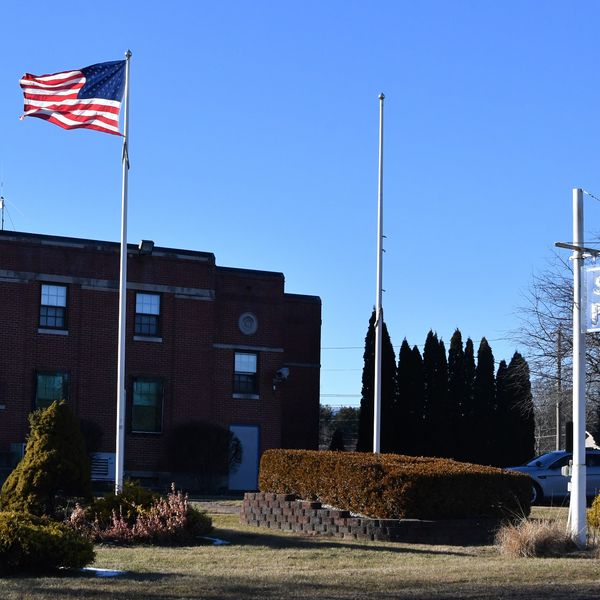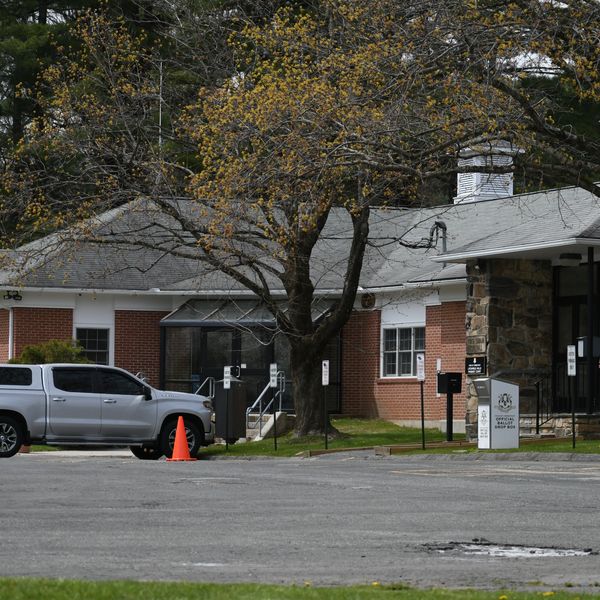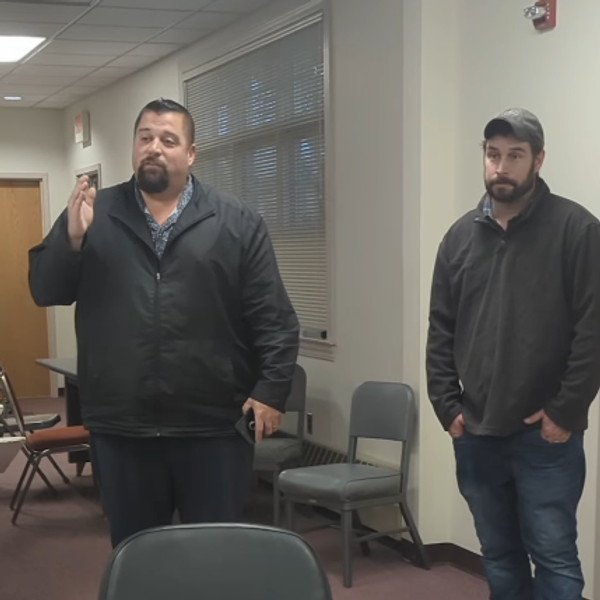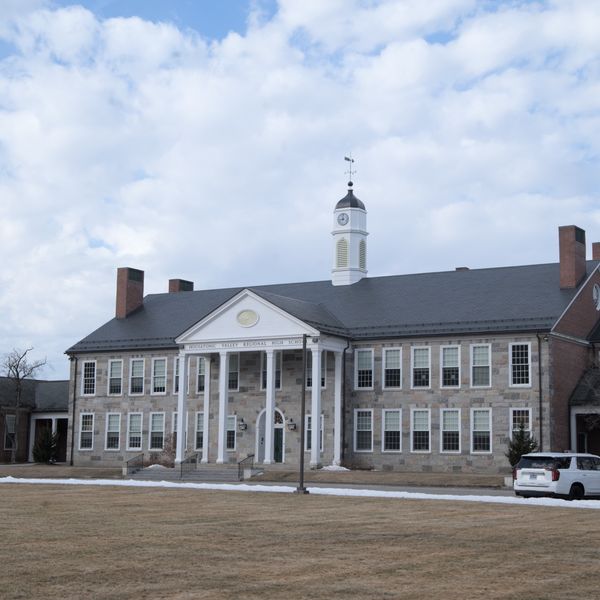Innovation drives manufacturers’ success on a local, global scale
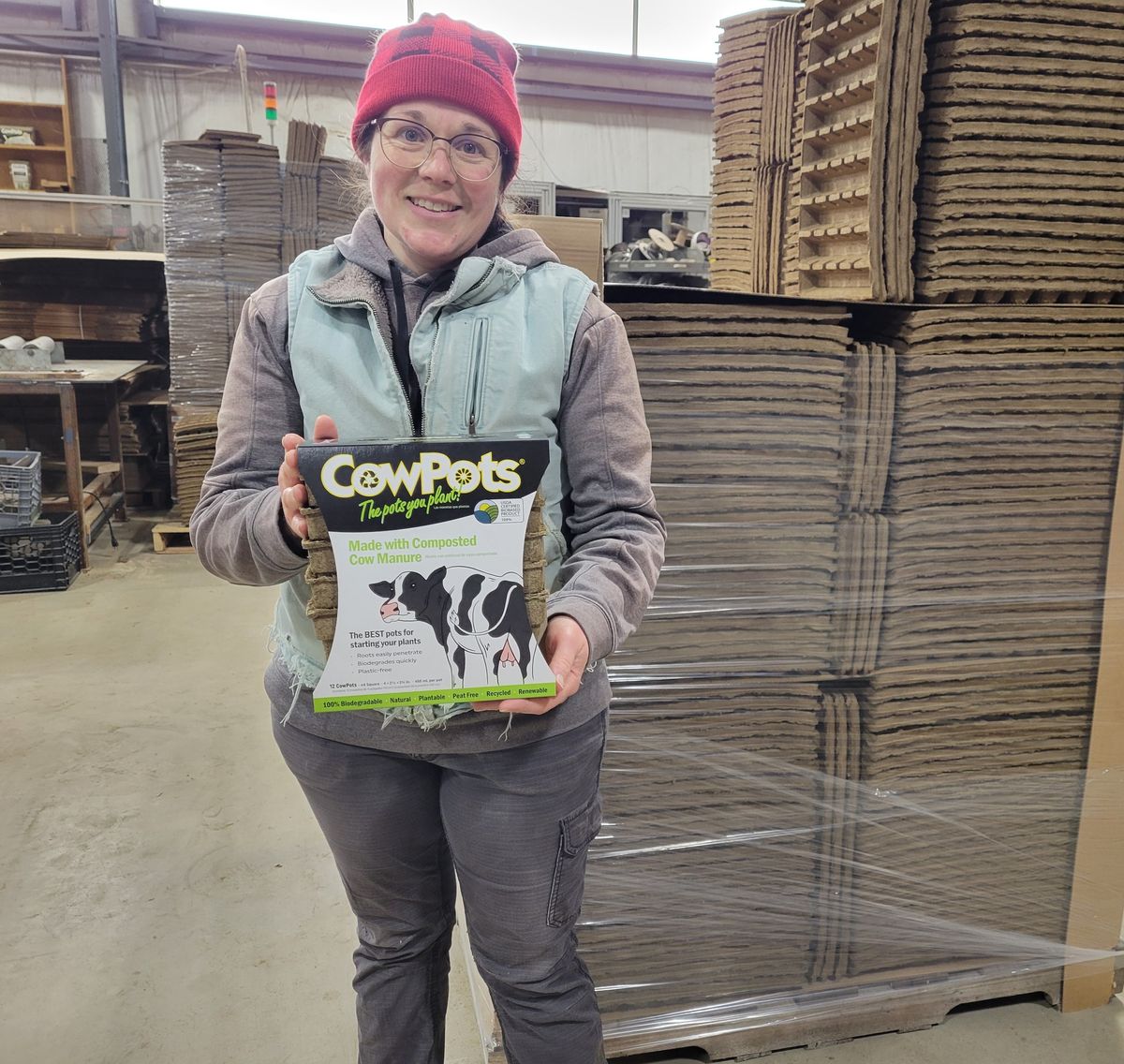
Amanda Freund oversees the CowPots manufacturing operation at her family’s farm in East Canaan. Stacked behind her is a pallet of the company’s newest product: seed starter trays.
Debra A. Aleksinas


 Steve Furth is the plant manager at ITW Seats & Motion Division in Lakeville, which manufactures automobile headrest guides for Ford and Toyota. Debra A. Aleksinas
Steve Furth is the plant manager at ITW Seats & Motion Division in Lakeville, which manufactures automobile headrest guides for Ford and Toyota. Debra A. Aleksinas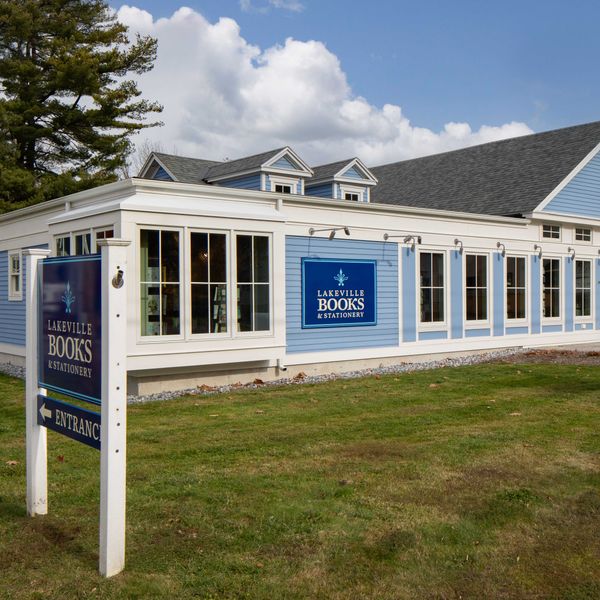
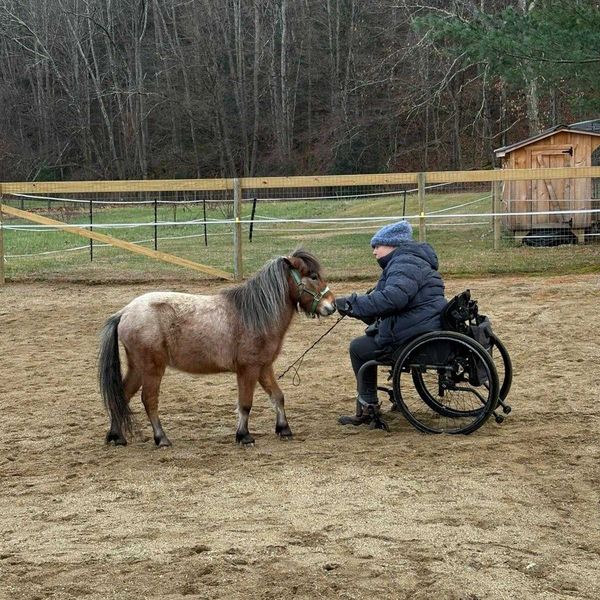



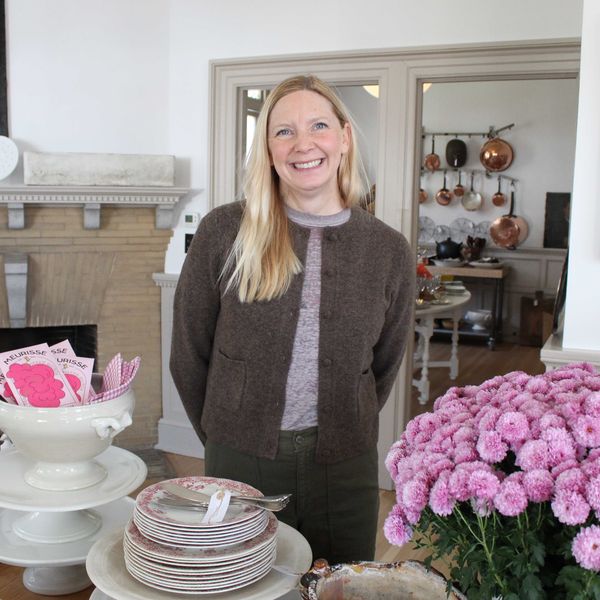
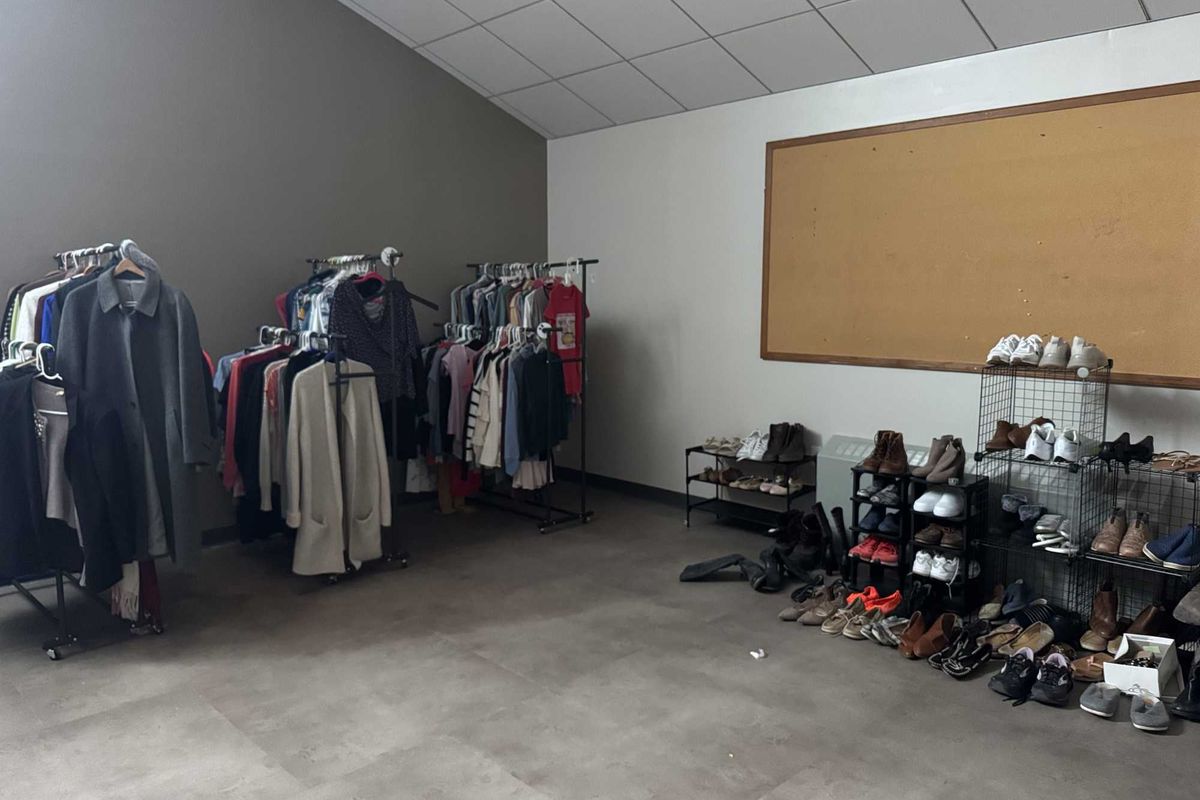
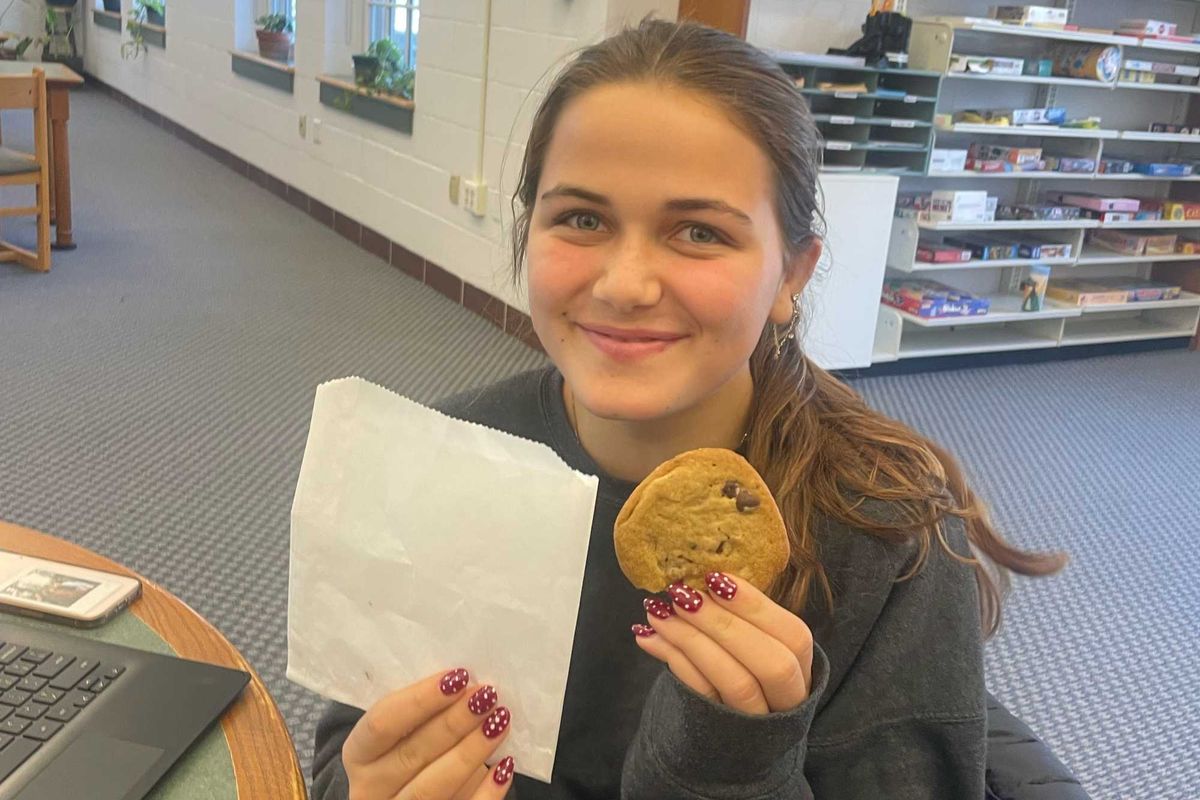
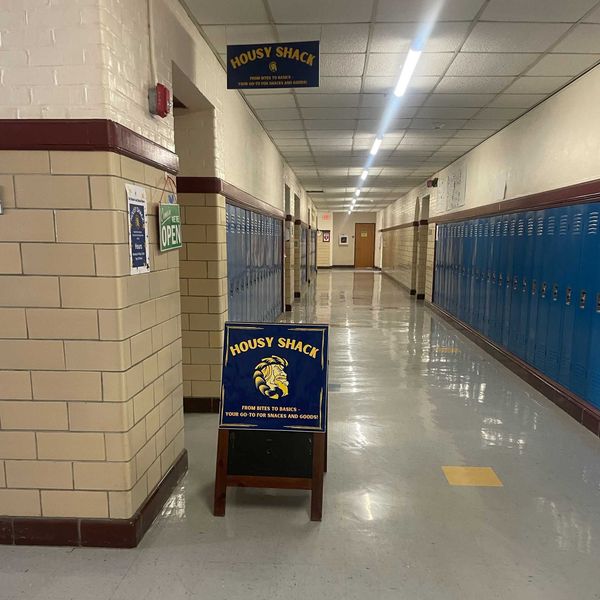 The Housy Shack open sign, welcoming customers in for cookies.Anna Gillette
The Housy Shack open sign, welcoming customers in for cookies.Anna Gillette 

